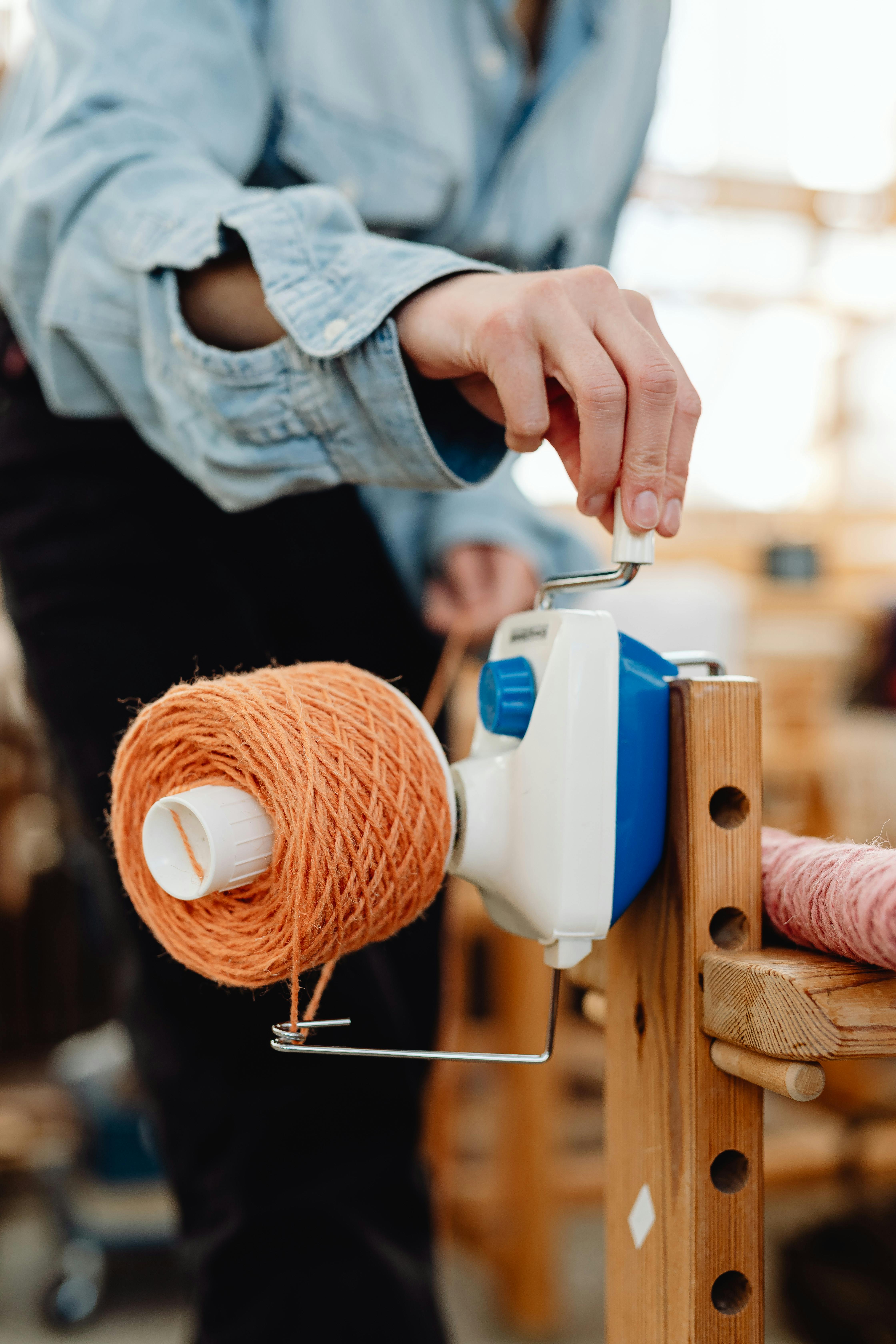Effective Ways to Install a Chain Link Fence That Lasts Through 2025
Installing a chain link fence can be a rewarding yet challenging DIY project that adds value and security to your property. With its durable characteristics, chain link fencing remains a popular choice for homeowners looking to define their spaces without compromising visibility. In this article, we'll guide you through the essential steps of installing a chain link fence, the tools you need, and considerations for ensuring your fence lasts well into 2025 and beyond.
Understanding the benefits of a chain link fence—such as its affordability, low maintenance, and customization options—can help you decide if it's the right choice for your needs. We'll cover everything from measuring the fence line accurately to securing the chain link fabric. Whether you are a seasoned DIY enthusiast or just starting, this comprehensive guide will provide you with the knowledge and confidence to proceed efficiently.

Choosing the Right Materials for Your Chain Link Fence
Before you even begin installing your chain link fence, it's vital to choose the right materials. This will not only ensure a durable structure but will also save you time and effort in the long run. Start by selecting high-quality fencing materials that will withstand the elements. At a minimum, you will need chain link fabric, chain link posts, fencing brackets, and gates if applicable.
Consider the chain link fence gauge, as it determines the strength and visibility of the fence. A lower gauge (e.g., 11 or 12) is thicker and more durable compared to a higher gauge (e.g., 14 or 16). You'll also need to figure out the fence height regulations for your area to ensure compliance with local codes.
Exploring options for privacy slats can also be worthwhile if seclusion is a concern. Plan your budget accordingly, considering additional costs for accessories and installation. Moreover, check out this resource for more information on budgeting your project.
Required Tools for Chain Link Fence Installation
Using the right tools for fence installation is crucial for a successful project. Essential tools include:
- Fence post hole digger: Tools like augers or post hole diggers help ensure clean and uniform holes for posts.
- Level: To check that your chain link posts are vertically aligned, a level is indispensable.
- String line: This helps maintain alignment while installing the fence.
- Measuring tape: Accurate measurements always lead to a better fit.
- Concrete mix: Use post mix concrete for securing the posts in place.
You may also require tools for cutting the chain link fabric and assembling various fence fittings. To learn what additional fittings you might need, check this article for more insights.
Planning Your Installation Process
Once you've selected your materials and gathered your tools, it's time to plan your installation carefully. Begin by determining your desired fence location. Will it run parallel to your home, or does it border a natural feature, like a creek? Choosing the right fence location is fundamental for optimizing both aesthetics and functionality.
Next, map out the fence line using stakes and a string line. This method helps visualize your chain link fence layout and ensures that it remains straight. Remember to adhere to any local regulations concerning property boundaries and fence height regulations.
Measuring and Digging Post Holes
Accurate measuring is one of the vital steps in the fence installation process. Start by measuring the total length of the fence line to calculate how many chain link fence posts you'll need. Properly spacing your posts is essential. Typically, posts should be spaced between 5 to 10 feet apart, depending on your specific fence design.
After measurements, begin digging your post holes. For standard chain link fences, a depth of 2-3 feet is advisable for stability. Skip this step or skimp on depth, and you risk your fence leaning or collapsing. Consider using a fence post hole digger to make this task easier.
Installing Chain Link Fence Components
With holes dug, it’s time to start assembling your fence. Begin with setting the end posts into the holes you prepared. Use a level to ensure that these chain link posts are upright, and fill the holes with concrete for fence posts to secure them in place. Allow the concrete to cure as per the manufacturer's instructions.
Steps for Installing Chain Link Fabric
After the end posts are secure, you can start installing the fence fabric. Unroll the chain link fabric along the fence line, making sure to leave enough slack for stretching it later. Attach the fabric to the end posts using tension bands installation and secure it with fence fittings. Don't forget to tension the fabric properly to avoid sagging.
It's also essential to fasten the bottom of the fence fabric to the ground, preventing animals from digging underneath. Using ground stakes or member connectors will help keep everything secure, making your fence both functional and aesthetically pleasing.

Installing Gates and Final Touches
After installing the main components of your chain link fence, install any gates you included in your plan. Start by framing the gate according to the size of the opening. Attach the chain link gate latch to allow for smooth opening and closing. It's crucial to ensure the gates align properly with the fence structure.
After completing the installation, double-check everything for levelness and tightness. Adjust any fittings as needed, and install any additional features like privacy slats. A well-installed chain link fence is not only functional but can also add a beautiful touch to your property.
Maintaining and Troubleshooting Your Chain Link Fence
Even with a strong installation, regular maintenance is essential to ensure longevity. Inspect your fence periodically for signs of wear and repair any loose fittings or damaged sections promptly. If you see rust on the chain link fabric, consider using rust-resistant paint or a specialized rust remover.
Should you encounter issues with sagging or loose fabric, these can often be resolved by re-tensioning the chain link fabric and tightening or replacing fence fittings. Incorporating some simple chain link fence maintenance tips can help you avoid large repairs down the line.
Common Mistakes in Chain Link Fence Installation
Many homeowners make mistakes during the installation process that could have been prevented with careful planning. Common pitfalls include:
- Not measuring properly, leading to uneven posts.
- Inadequate depth for post holes, resulting in instability.
- Failing to use a level, causing misaligned sections.
By following best practices and keeping an eye on these common issues, you can help your chain link fence stand the test of time.
Conclusion: Investing in Your Chain Link Fence
Installing a chain link fence can be a substantial investment, but when done correctly, it yields results that can enhance security and aesthetics around your property. Remember to invest time in planning, choose high-quality materials, and practice proper fencing techniques as outlined in this guide. With attention to detail, your fence can remain functional and appealing through 2025 and beyond.
